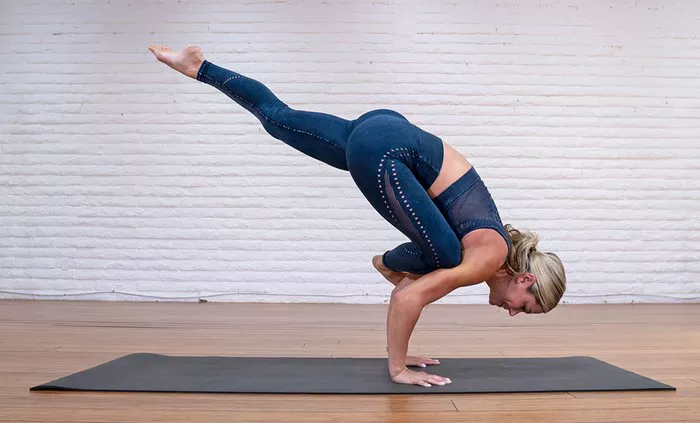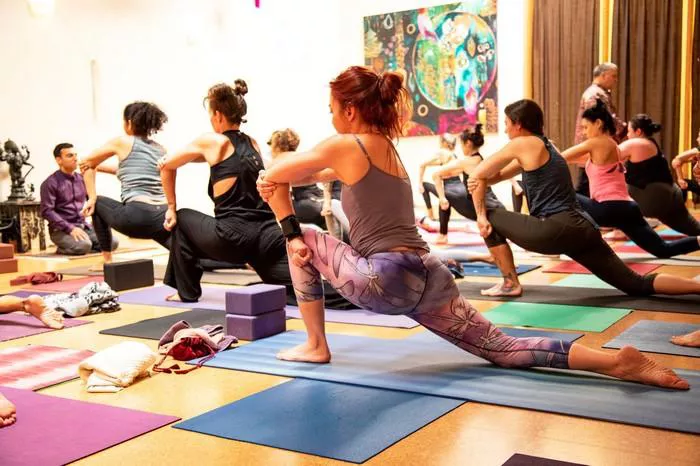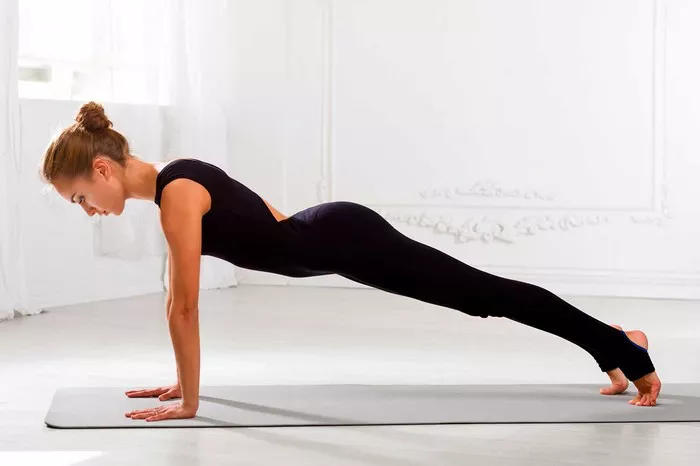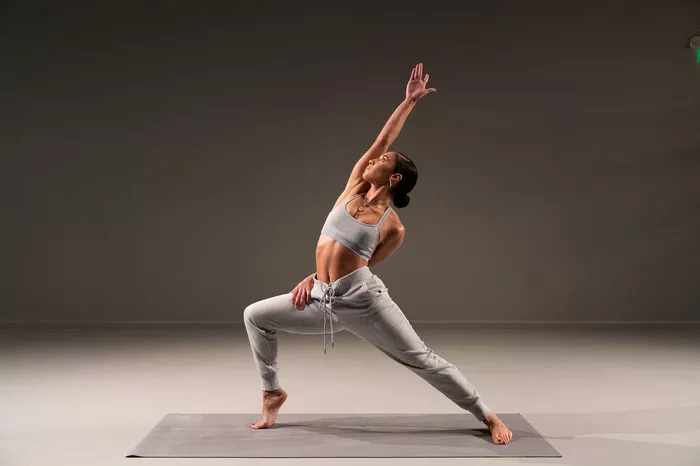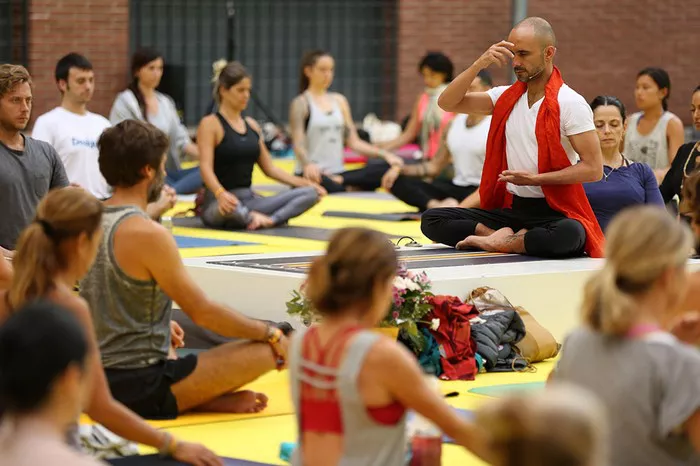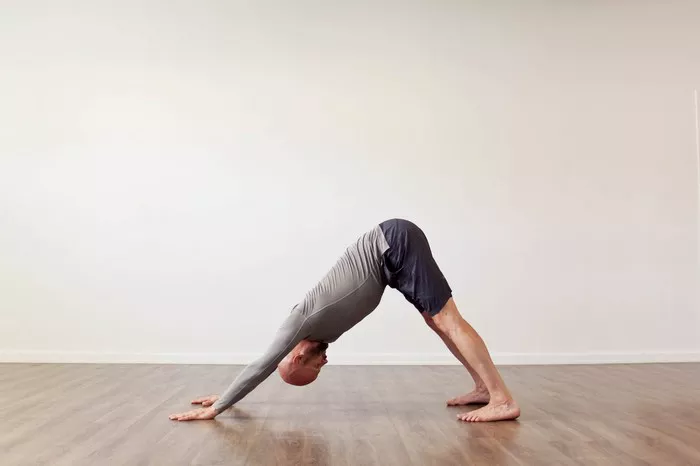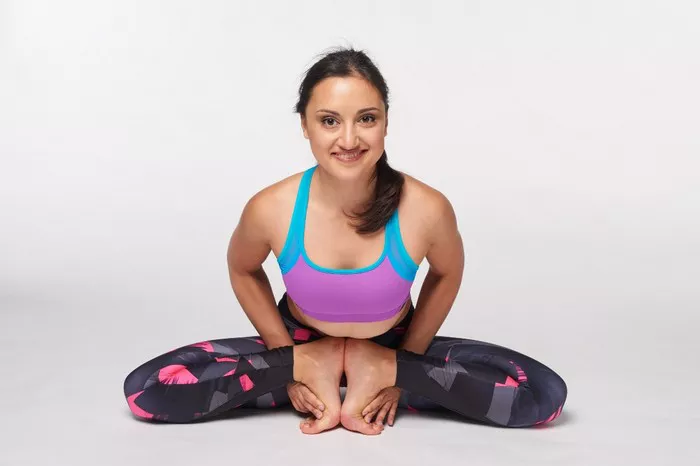Yoga, a time-honored practice that integrates body, mind, and spirit, offers a variety of poses (asanas) that cater to different levels of practitioners. Among these, supine lying asanas, which involve lying on the back, hold a special place. These postures are simple yet highly effective, providing numerous benefits for both physical and mental well-being. Whether you are a beginner or an advanced practitioner, supine lying asanas can significantly improve your practice and enhance your overall health.
In this article, we will delve into the myriad benefits of supine lying asanas in yoga. We will explore their effects on flexibility, strength, relaxation, stress reduction, and their contribution to injury prevention and rehabilitation. Additionally, we will discuss the role of supine postures in promoting a balanced mind and body, offering insights into how they complement other yoga practices.
Understanding Supine Lying Asanas
Supine lying asanas refer to any yoga postures performed while lying on the back. These asanas are characterized by the practitioner lying with their back flat on the floor, with the chest and face pointing upwards. Supine postures are often included in the beginning or end of a yoga practice, offering a grounding foundation that prepares the body for more advanced poses or provides a restorative moment after a more intense session.
Some well-known supine lying asanas include:
- Savasana (Corpse Pose)
- Supta Baddha Konasana (Reclining Bound Angle Pose)
- Supta Padangusthasana (Reclining Hand-to-Big-Toe Pose)
- Setu Bandhasana (Bridge Pose)
- Supta Virasana (Reclining Hero Pose)
- Viparita Karani (Legs Up the Wall Pose)
These poses are typically performed with the intention of enhancing relaxation, increasing flexibility, releasing tension, and improving posture. The simplicity of these postures makes them accessible for all levels, and their benefits extend beyond just the physical aspects of yoga.
Physical Benefits of Supine Lying Asanas
1. Improved Posture
One of the most significant benefits of supine lying asanas is their ability to improve posture. Many people suffer from poor posture due to prolonged sitting, poor ergonomics, or even stress. Supine asanas like Setu Bandhasana (Bridge Pose) and Supta Padangusthasana (Reclining Hand-to-Big-Toe Pose) encourage the alignment of the spine and strengthen the muscles that support good posture.
By lying on your back and focusing on the alignment of your body, you can work towards releasing habitual tension in the back, shoulders, and neck. These asanas help activate the core, which supports the spine and promotes healthy, upright posture when standing or sitting.
2. Increased Flexibility
Flexibility is one of the primary physical benefits of yoga, and supine asanas can greatly improve flexibility, especially in the hamstrings, hips, and lower back. Poses like Supta Padangusthasana (Reclining Hand-to-Big-Toe Pose) and Supta Baddha Konasana (Reclining Bound Angle Pose) target the legs and hips, stretching muscles and tendons that are often tight due to sedentary lifestyles or intense physical activity.
As you hold these postures and gently extend your legs, you allow the muscles to lengthen gradually, increasing your range of motion over time. This increased flexibility not only helps in daily activities but also enhances your ability to perform more complex asanas, creating a deeper sense of fluidity in your yoga practice.
3. Core Strengthening
While supine lying asanas are generally associated with relaxation, many of them also engage the core muscles. For instance, Setu Bandhasana (Bridge Pose) activates the abdominal muscles and lower back, strengthening the core and improving stability. The core is the center of your body, and a strong core is essential for maintaining balance, supporting good posture, and reducing the risk of injury during other physical activities.
Many supine poses help to engage the muscles in the abdomen, even when the primary focus may be on stretching or relaxation. Over time, this core engagement leads to better posture, more efficient movement patterns, and a reduced risk of lower back pain.
4. Improved Circulation and Blood Flow
Supine postures, particularly those that involve elevating the legs, like Viparita Karani (Legs Up the Wall Pose), promote circulation and the flow of blood throughout the body. In these poses, the heart is slightly above the level of the legs, facilitating the return of venous blood to the heart.
This position is particularly beneficial for those who spend long hours sitting or standing, as it helps to reduce the pooling of blood in the lower extremities. It also assists in alleviating leg fatigue, swelling, and varicose veins, common issues among individuals who experience poor circulation.
5. Relief from Back Pain
Back pain, especially in the lower back, is a common complaint for many people. Supine lying asanas can provide significant relief from this condition by gently stretching and strengthening the muscles along the spine. Poses like Supta Baddha Konasana (Reclining Bound Angle Pose) and Setu Bandhasana (Bridge Pose) are especially helpful for releasing tension in the lower back.
By maintaining a neutral spine alignment and engaging the right muscles, you can reduce the strain on your back and ease discomfort. Additionally, these postures help to realign the vertebrae and release any compressed discs or muscles that may be contributing to pain.
Mental and Emotional Benefits of Supine Lying Asanas
1. Stress Reduction and Relaxation
One of the most significant advantages of supine lying asanas is their ability to reduce stress and promote relaxation. Poses like Savasana (Corpse Pose) are specifically designed to help you relax deeply, both physically and mentally. In this pose, the practitioner lies on their back with arms and legs extended, allowing the body to fully release tension.
The stillness of the body combined with deep, conscious breathing helps to activate the parasympathetic nervous system, which promotes a state of calmness and relaxation. This is particularly beneficial for reducing stress levels, lowering blood pressure, and calming the mind. As you surrender to the floor, you allow yourself to disconnect from the busyness of daily life and cultivate a sense of inner peace.
2. Mind-Body Connection
Supine lying asanas help foster a deeper mind-body connection by encouraging mindfulness and awareness. During these postures, practitioners are encouraged to focus on their breath, body sensations, and alignment. This mindfulness practice helps to quiet the mind and deepen awareness of the present moment.
As you hold each pose, you learn to tune into the sensations in your body, recognizing areas of tension and areas of release. This practice of mindfulness not only enhances your yoga practice but also helps you become more aware of how stress manifests in the body, allowing you to manage stress more effectively.
3. Promotes Emotional Healing
The stillness of supine lying asanas offers a space for emotional healing and self-reflection. As you allow your body to relax deeply, you may begin to release emotional tension that has been stored in the body. Many people find that lying in poses like Savasana or Supta Baddha Konasana can bring up suppressed emotions, which can be a powerful opportunity for emotional release and healing.
This emotional release can be transformative, helping you to let go of long-held emotional blockages, trauma, or stress. The gentle and supportive nature of these asanas provides a safe environment for this healing process.
4. Improved Sleep Quality
The relaxation induced by supine lying asanas can also improve sleep quality. By practicing poses like Savasana or Viparita Karani before bedtime, you allow your body to unwind and calm the nervous system. The reduction of stress hormones, such as cortisol, can make it easier to fall asleep and enjoy a deeper, more restful sleep cycle.
If you struggle with insomnia or have trouble winding down at night, incorporating these asanas into your evening routine can help establish a calming pre-sleep ritual. Improved sleep leads to better overall health, better mood, and greater energy levels.
Supine Lying Asanas in Injury Prevention and Rehabilitation
1. Supports Rehabilitation
Supine lying asanas are often prescribed as part of a rehabilitation program for injuries. These poses are low-impact and provide a safe way to stretch and strengthen muscles without putting undue stress on the body. For individuals recovering from injuries or surgeries, supine postures can be performed with minimal risk of strain, allowing for gradual healing and strengthening of the muscles.
By gently moving the body into these postures and holding them for an extended period, the practitioner can encourage blood flow to injured areas, speed up recovery, and reduce the risk of future injuries.
2. Prevents Overuse Injuries
Overuse injuries are common in athletes and individuals who engage in repetitive activities. Supine lying asanas help to counteract the negative effects of repetitive movements by promoting relaxation, releasing muscle tension, and improving flexibility. By regularly practicing these poses, individuals can prevent muscle imbalances that often lead to overuse injuries, such as tendonitis or stress fractures.
3. Improves Balance and Coordination
Balance and coordination are critical components of overall physical health. While supine lying asanas may not appear to directly target these skills, they can help by improving core strength and enhancing proprioception (the body’s awareness of its position in space). This heightened awareness can improve your balance, coordination, and ability to perform more dynamic asanas or physical activities.
Conclusion
Supine lying asanas in yoga offer a wealth of benefits for both physical and mental well-being. They enhance flexibility, strengthen the core, and improve posture, while also promoting relaxation, reducing stress, and fostering emotional healing. These postures are accessible to practitioners of all levels and can be a powerful tool in the prevention and rehabilitation of injuries. By incorporating supine lying asanas into your yoga practice, you can experience the many advantages they offer, leaving you with a greater sense of balance, relaxation, and overall health.
Related Topics:








